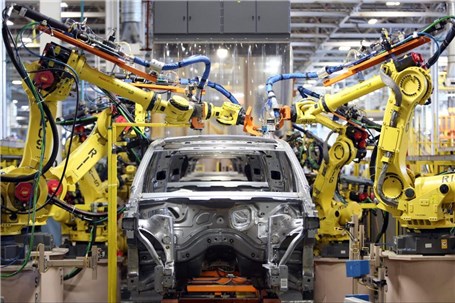40.9% Jump in Iran Car Production y/y
Asre Khodro - A report on Iran’s car, bus and truck production output indicates a 39.1% year-on-year growth during the first nine months of the current fiscal year that ends in March.
Asre Khodro - A report on Iran’s car, bus and truck production output indicates a 39.1% year-on-year growth during the first nine months of the current fiscal year that ends in March.

Reporting "Asre Khodro", A local news website, Shata News, released the data, which shows that during the period 881,935 cars were produced by Iranian companies, marking a 40.9% y/y jump.
The report said that during the same period 58,104 pickup trucks, 8,216 heavy vehicles, 712 busses and 503 minibuses were produced.
In the Iranian month of Azar (November 21 to December 20) 128,857 total passenger vehicles were produced indicating a 63.7% rise compared to the same period last year.
During the one-month-period, 121,964 cars were produced it adds.
The statistics show that with 191,118 units SAIPA’s Pride was the largest producer followed by Iran Khodro's Peugeot 405.
According to an earlier report issued in November, the two models had the biggest market share both in the number of units produced and market value.
While Pride and Peugeot 405 hold the largest share, there has been some speculation recently about stopping the manufacture of the two models by the end of the current fiscal.
This is while SAIPA’s CEO Mehdi Jamali was quoted by the media as saying that so long as there is demand for the antiquated Pride, the company will continue to manufacture the model.
However, despite his comments, there are strong quarters and environmentalists who simply want to see a permanent end of the old gas guzzlers. Long-term projects predict that SAIPA and IKCO, will continue to produce the models until they deem fit.
The CEO’s comments came after statement from Iran’s National Standards Organization. It said "no matter how long a vehicle is being produced, the standards organization will not stop its production as long as it passes the safety checks and complies with the current standards.”
Source: financialtribune.com